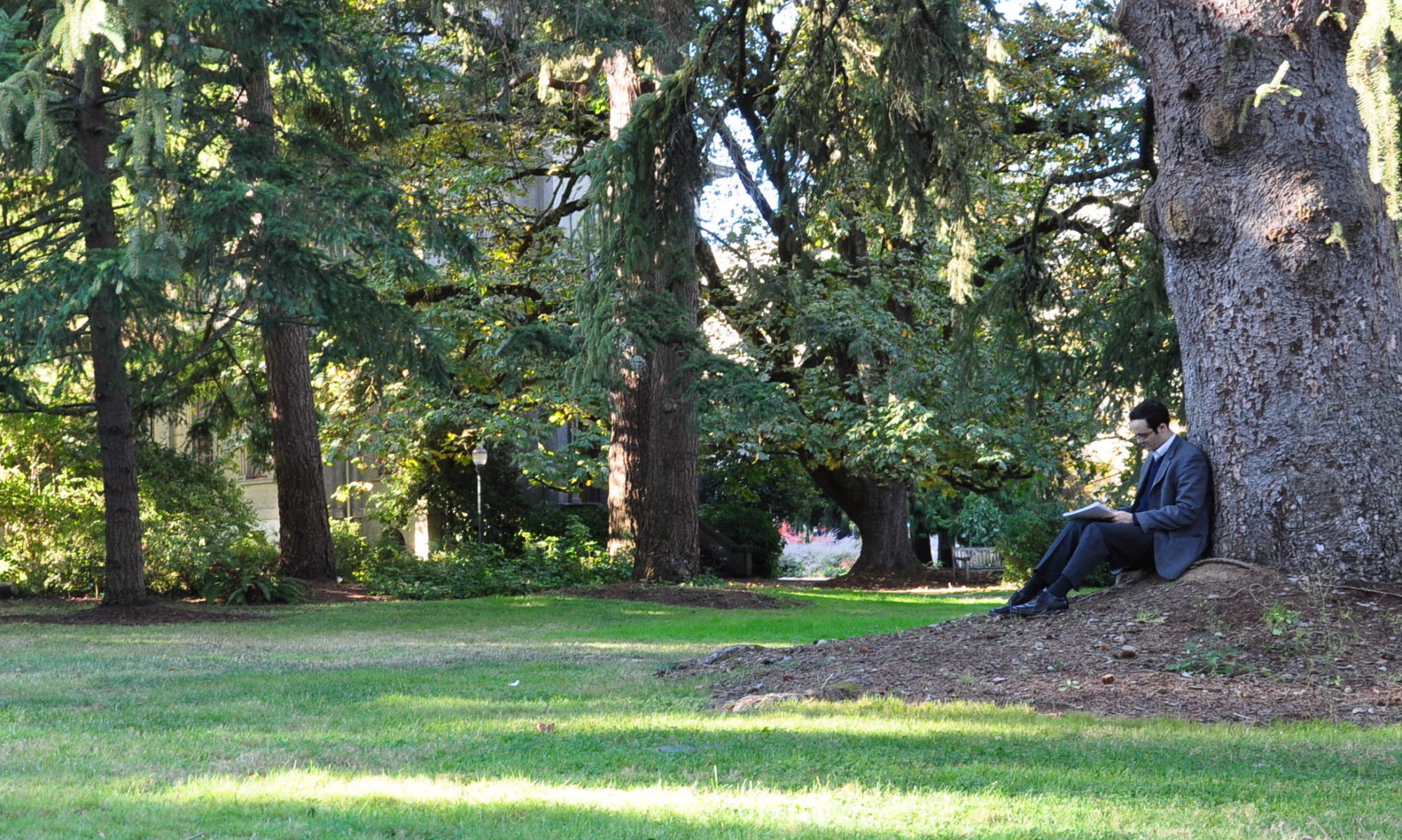Do I Wake or Sleep? for Chamber Orchestra (2025)
Do I Wake or Sleep takes its title from the final line of Keats’ Ode to A Nightingale, and like the poem, explores a kind of liminal space, perhaps awake, perhaps dreaming, or perhaps somewhere else entirely. The evokes a kind of fanciful dream world, with delicate, busy textures that become increasingly underscored by menace—this realm is not so pleasant as we originally thought. A central slow section lets the violins sing a soulful deeply melancholic phrase—just as in our liminal states we are often most attuned to feeling. This dissolves into a flute cadenza, which takes as back to the opening music, which itself dissolves soon after it has begun. From a more technical point of view, this piece seeks to balance two seemingly opposing tendencies—an impressionistic indulgence in texture and tone color for its own sake, and I tight-knit, teleological sense of form and phrasing, basically classical in outlook, prizing what Leopold Mozart called “il filo”—the thread that connects the music together coherently. Originally for Flute, Bass Clarinet, and Violin, the Chamber Orchestra version, composed for Contemporaneous Ensemble’s Inaugural Open Mic Event, considerably transforms the music, expanding on the texture and character of the original, adding more color and intensity and making more specific and vibrant what was at first implied.
Kalcheim-Do-I-Wake-or-Sleep-Chamber-Orchestra